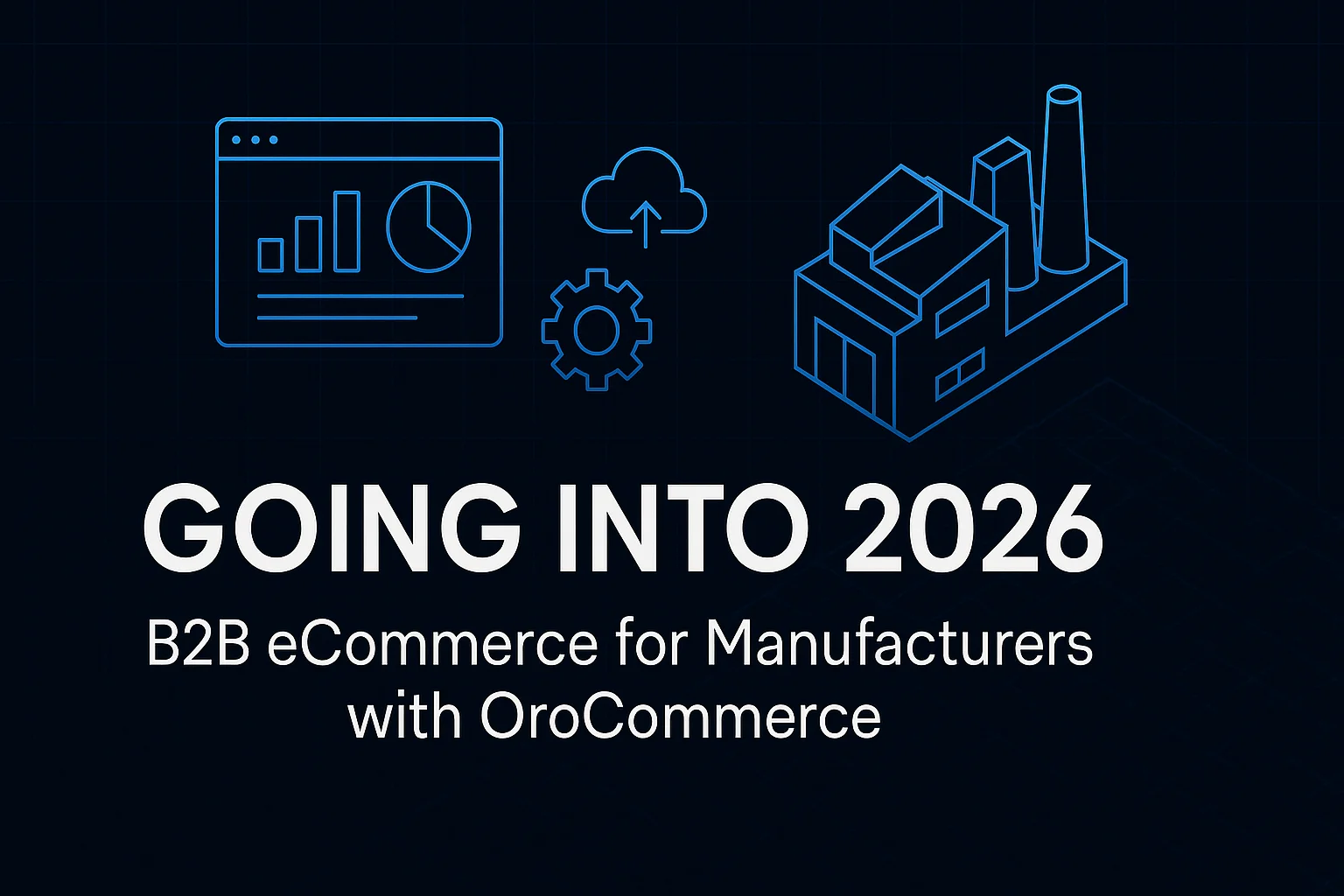The E-Commerce Landscape in 2025: An Overview
As of June 2025, the e-commerce industry is projected to surpass $6 trillion in sales, reflecting a rapid acceleration in online shopping habits fueled by technological advancements and shifting consumer preferences. According to Statista, the global e-commerce market has experienced a compound annual growth rate (CAGR) of over 16% since 2020. This growth has prompted companies to rethink their strategies, focusing on agility, personalization, and sustainability.
In this article, we will explore:
- The impact of AI and automation on e-commerce operations.
- How companies are leveraging data analytics for personalized shopping experiences.
- The importance of sustainable practices in gaining consumer trust.
- Future trends shaping the e-commerce landscape.
AI and Automation: The Driving Forces Behind Efficiency
Imagine a world where e-commerce businesses can predict consumer behavior with pinpoint accuracy. This is no longer a distant dream but a reality, thanks to advancements in AI and automation. Companies are increasingly adopting AI-driven analytics to streamline operations and enhance customer experiences.
For instance, Amazon utilizes machine learning algorithms to analyze purchasing data and recommend products tailored to individual preferences. This personalization has significantly boosted their conversion rates, with studies showing that personalized recommendations can increase sales by up to 31% (McKinsey).
Additionally, automated chatbots are transforming customer service by providing instant responses and support, reducing the need for human intervention. Companies like Sephora have integrated AI-powered chatbots on their platforms, offering personalized beauty advice based on user preferences. This not only enhances customer engagement but also frees up human resources for more complex tasks.
Implications: As companies embrace AI and automation, they can expect reduced operational costs and improved customer satisfaction, ultimately leading to increased sales and brand loyalty.
Data Analytics: Crafting Personalized Shopping Experiences
The e-commerce industry is witnessing a paradigm shift as data analytics takes center stage. By harnessing vast amounts of consumer data, companies can create hyper-personalized shopping experiences that resonate with individual customers.
For example, Netflix, while primarily a streaming service, has set a benchmark for personalization that e-commerce platforms are now striving to emulate. By analyzing viewing habits and preferences, Netflix delivers tailored recommendations, enhancing user engagement and retention. E-commerce brands can adopt similar strategies by analyzing history, browsing behavior, and demographic data to personalize product offerings.
Moreover, tools like Google Analytics and Adobe Analytics enable e-commerce businesses to track user behavior in real-time, allowing for immediate adjustments to marketing strategies. Companies leveraging these insights can improve their conversion rates significantly—some reports indicate increases of up to 20% (HubSpot).
Significance: Personalized experiences not only drive sales but also foster deeper connections between brands and consumers, leading to long-term loyalty.
Sustainability: Meeting the Demands of Conscious Consumers
In recent years, sustainability has emerged as a crucial factor influencing consumer purchasing decisions. A study by IBM found that 70% of consumers in the U.S. are willing to pay a premium for sustainable brands (IBM). As a result, e-commerce companies are increasingly prioritizing sustainable practices in their operations.
Patagonia, for instance, has built its brand around environmental sustainability, promoting its commitment to using recycled materials and minimizing waste. Their “Buy Less, Demand More” campaign encourages consumers to think critically about their purchases, reflecting a broader trend towards mindful consumption.
E-commerce platforms can also adopt eco-friendly packaging solutions and carbon-neutral shipping options, appealing to environmentally conscious consumers. Amazon, for example, has launched initiatives like Frustration-Free Packaging that reduce waste while maintaining product safety.
Broader Implications: By integrating sustainability into their core values, brands can not only attract a loyal customer base but also contribute to a healthier planet, ultimately enhancing their social responsibility.
Future Trends: The Next Frontier in E-Commerce
Looking ahead, several trends are poised to reshape the e-commerce landscape in the coming years:
- Augmented Reality (AR): AR technology is enabling consumers to visualize products in their own environments before purchasing. Retailers like IKEA have developed AR apps that allow customers to see how furniture looks in their homes, significantly reducing return rates.
- Voice Commerce: The rise of smart speakers is making voice-activated shopping a viable option. According to eMarketer, voice commerce in the U.S. is expected to reach $40 billion by 2024, providing an entirely new shopping channel.
- Social Commerce: Platforms like Instagram and TikTok are increasingly integrating shopping features, allowing users to buy products seamlessly within social media environments. Brands that leverage these platforms can tap into younger demographics who value convenience and social engagement.
Predictions: As these trends gain traction, companies that adapt quickly and creatively will have a competitive edge, driving growth in an ever-evolving market.
The Ripple Effect: How Changes Impact Stakeholders
The transformation of the e-commerce landscape does not occur in isolation; it has significant ripple effects across various stakeholders, including suppliers, logistics providers, and consumers.
For instance, as e-commerce companies adopt sustainable practices, suppliers are compelled to rethink their sourcing strategies to align with these values. Logistics providers are also adapting, developing more efficient distribution methods to reduce carbon footprints.
Consumers, on the other hand, are gaining more choices and better experiences, leading to higher expectations from brands. This shift necessitates that companies not only deliver quality products but also uphold ethical standards.
Conclusion: The interconnectivity of these stakeholders highlights the importance of a holistic approach to e-commerce, where every decision can create a chain reaction that affects the entire ecosystem.
Conclusion: Embracing Change for Future Success
As we navigate the complexities of the evolving e-commerce landscape, it is clear that companies must be proactive and adaptive to thrive in this competitive arena. By leveraging AI, data analytics, and sustainability practices, businesses can create personalized experiences that resonate with consumers.
Key Takeaways:
- Embrace AI and automation to improve operational efficiency and customer engagement.
- Utilize data analytics for hyper-personalized shopping experiences that drive conversions.
- Prioritize sustainability to meet the growing demands of conscious consumers.
- Stay ahead of emerging trends to maintain a competitive edge.
In the coming years, the e-commerce industry will likely continue to evolve, driven by technology and changing consumer behaviors. The companies that successfully adapt to these changes will not only survive but thrive in an increasingly digital world.
What innovative strategies will your e-commerce business adopt to stay ahead in this fast-paced environment?





